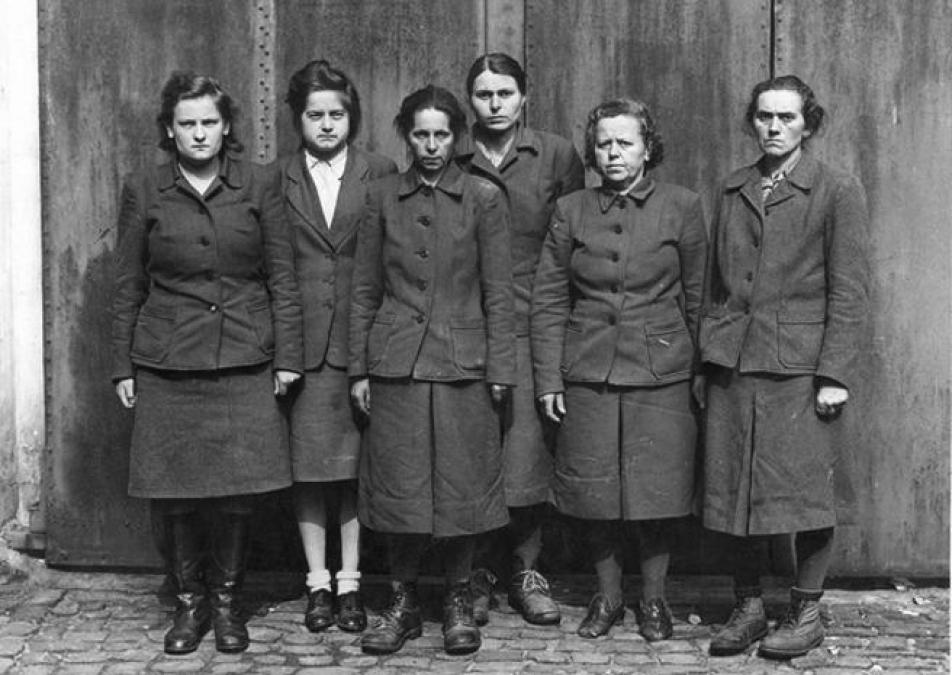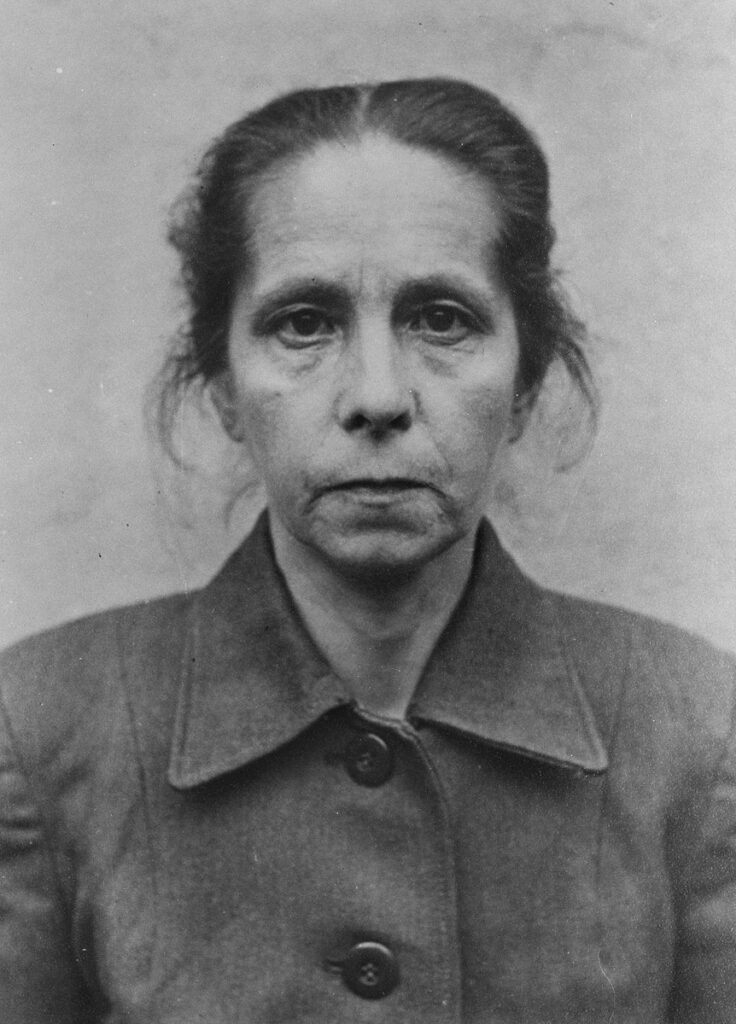Upon the liberation of concentration camps following World War II, the Allied forces discovered the nightmarish aftermath of the Holocaust. The camps in Nazi-occupied territories were rife with scenes of mass murder, suffering, and depravity.
One of the most disturbing discoveries was at Bergen-Belsen, which the British Army liberated on April 15th, 1945. Again, the horrific reality of the Nazi regime was brought to light, revealing 13,000 dead bodies and 60,000 half-starved prisoners inside.
British forces also discovered a small number of SS guards who tried to conceal their identities among the prisoners.
Among them was Johanna Bormann, who became infamous for her brutality towards prisoners after the Belsen Trials.
The early life of Johanna Bormann
Johanna Bormann (also known as Juana Bormann) was born in Birkenfeld, Prussia, on September 10th, 1893. She was deeply religious in her early life and even engaged in missionary work.
Her noble beginnings turned sinister when she joined the SS in March 1938 as a civilian employee to “earn more money” and began working in the kitchens at Lichtenberg, one of the regime’s earliest concentration camps.
In 1939, Lichtenberg closed, and Bormann transferred alongside 900 female prisoners to Ravensbrück concentration camp near Berlin.

The Weasel of Auschwitz
Unlike many other female guards notorious for their cruelty during the Holocaust, Bormann was older and had lived a life before the Nazis came into power.
She served as an overseer at Ravensbrück before being transferred to Auschwitz concentration camp in Poland in mid-May 1943.

Bormann was then assigned to the Birkenau section of the complex, the main extermination center of the camp. The prisoners gave her various nicknames, such as “the Weasel of Auschwitz” and “the Woman with the Dogs,” due to her brutal treatment of the inmates.
Despite her small stature, Bormann was known for her aggression and barbarism. She regularly beat and abused prisoners, subjecting them to immense cruelty.
After her time at Auschwitz, Bormann was transferred to Bergen-Belsen concentration camp, where she continued her brutal reign under the command of Josef Kramer, known as the “Beast of Belsen.”
The Belsen Trials
At the post-war Belsen Trials, numerous witness testimonies exposed Bormann’s crimes. She was accused of assisting in the selection process of prisoners for the sadistic experiments of Dr. Josef Mengele.
She also participated in selections with Dr. Fritz Klein, another notorious figure responsible for deciding the fates of thousands of prisoners.
One of the most disturbing accusations against Bormann was her practice of unleashing her dogs on prisoners.
Numerous accounts of her dogs savaging inmates emerged, illustrating the fear and terror she instilled in those under her control. Bormann would also beat prisoners severely for various reasons and force them to perform exhausting exercises, only to beat them further when they struggled.
Upon the camp’s liberation, Bormann was arrested and put on trial for her war crimes.
She remained defiant throughout her trial, admitting only to hitting prisoners to maintain order but denying her involvement in the selection process and setting her dogs on prisoners.
Despite her claims, Bormann was found guilty and sentenced to death. On December 13th, 1945, she was executed at Hamelin Prison by famed British executioner Albert Pierrepoint.

